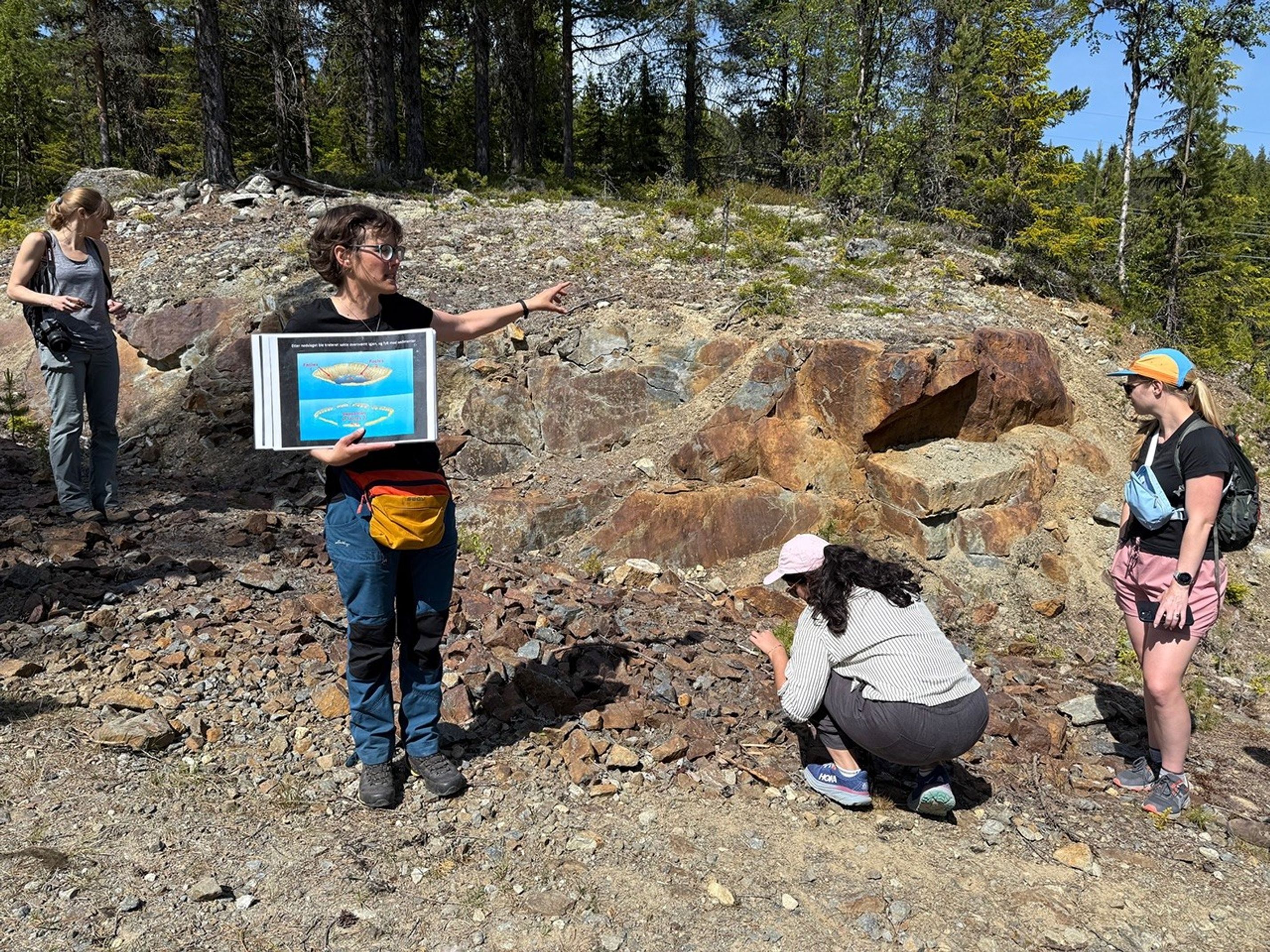After a successful SAM preconditioning (rover-speak for "getting it ready"), the rover delivered some "Glasgow" drill sample into the instrument.
After a successful SAM preconditioning (rover-speak for "getting it ready"), the rover delivered some "Glasgow" drill sample into the instrument. The first experiment will be an "evolved gas" one. This is where we bake the rocks causing them to release gases from within the minerals in the sediments. These gases will be flowed to two of the three instruments which make up SAM (a mass spectrometer and tunable laser spectrometer) to measure the composition of the gas. The temperature at which gases are released gives us further insight into the composition of the sample, and allows scientists to look at how water is stored within minerals.
Since the rover didn't have a a whole lot of power, and SAM is energy intensive, we only had a few other observations. A large Mastcam mosaic was taken on the first sol covering the Greenheugh pediment as well as other Mastcam imaging for looking at dust in the air (line-of-sight extinction and solar tau) and a ChemCam passive sky observation.
Looking forward to seeing what mineral "flavors" we find!
Written by Fred Calef, Planetary Geologist at NASA's Jet Propulsion Laboratory































